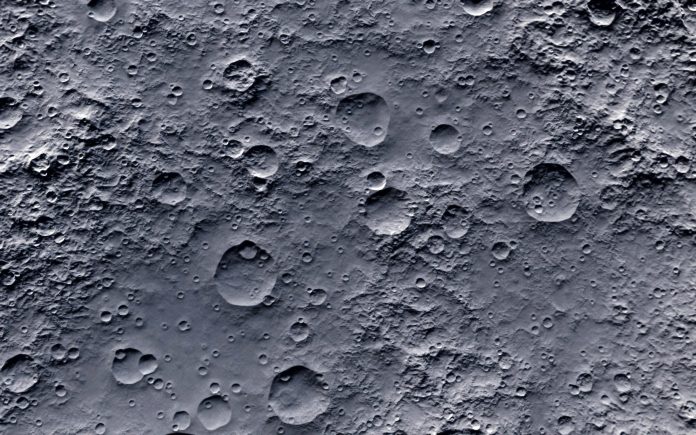DARPA launches LunA-10, a decade-long initiative reshaping lunar infrastructure by 2035, catalysing transformative advancements in the domain
LunA-10 revolves around the central theme of lunar infrastructure, inviting input from diverse contributors engaged in various facets of lunar project development—ranging from lunar power to communication and navigation.
The project envisions a collective synergy, fostering novel solutions that intricately weave together components needed for the infrastructure.
The potential for a self-sufficient lunar economy
LunA-10 operates on a dual axis of technology and economics. By delineating a “commercial end state” for lunar development ten years ahead, the initiative aims to illuminate the path toward a self-sufficient lunar economy.
This entails pinpointing requisite technologies and bridging gaps within the tapestry of lunar infrastructure.
Harmonising Lunar elements
At its core, LunA-10 endeavours to meld diverse fragments of lunar infrastructure into harmonious symphonies seamlessly.
A striking example lies in conceptualising an integrated lunar power unit, seamlessly embedding communication and navigation capacities—a testament to the potential of interlocking lunar infrastructure modules.
Complementary collaboration with NASA
While LunA-10’s trajectory intersects with NASA’s lunar and Martian aspirations, it stands as a beacon of independent innovation within the realm of lunar infrastructure. Concurrently collaborating with NASA, the initiative dovetails with the agency’s architectural studies, injecting fresh investments to catalyse unique advancements in lunar development.
Harnessing expertise for Lunar infrastructure
The dynamic collaboration between Michael Nayak, the visionary guiding LunA-10, and NASA’s Niki Werkheiser is at the heart of this pursuit. This partnership harnesses NASA’s profound prowess in pertinent technologies, channelled toward sculpting the very canvas of this development where both entities reap the rewards.
In summation, the eminent LunA-10 project under DARPA’s stewardship emerges as the lodestar for the evolution of lunar advancement.
Weaving the concept throughout its narrative, the project’s essence lies in collaboration, charting a sovereign course toward a self-reliant lunar economy, and weaving together multifaceted lunar infrastructure components.
This collaborative odyssey with NASA further solidifies its status as a vanguard, propelling this infrastructure into a new echelon of advancement.











